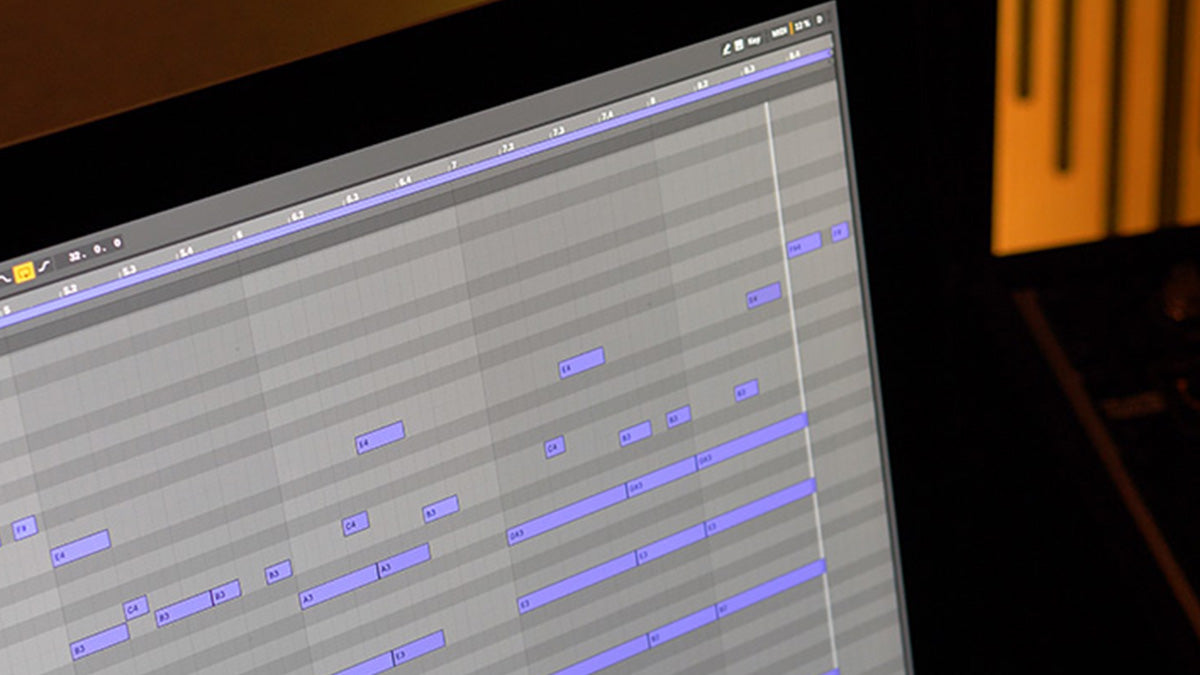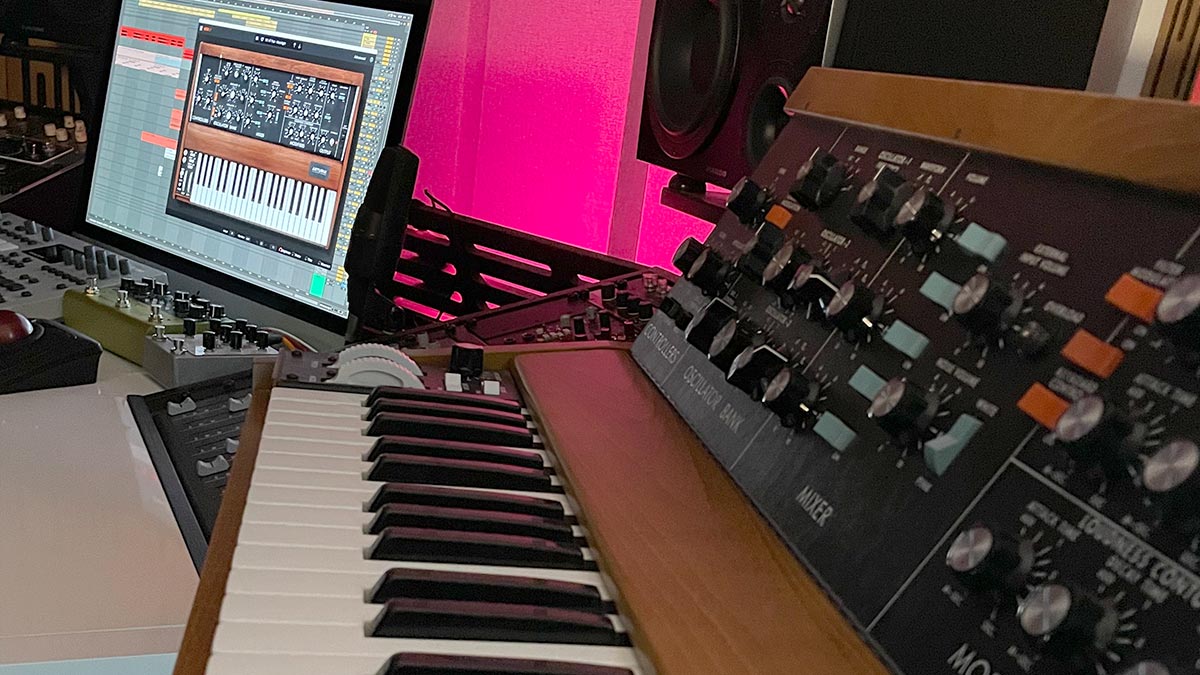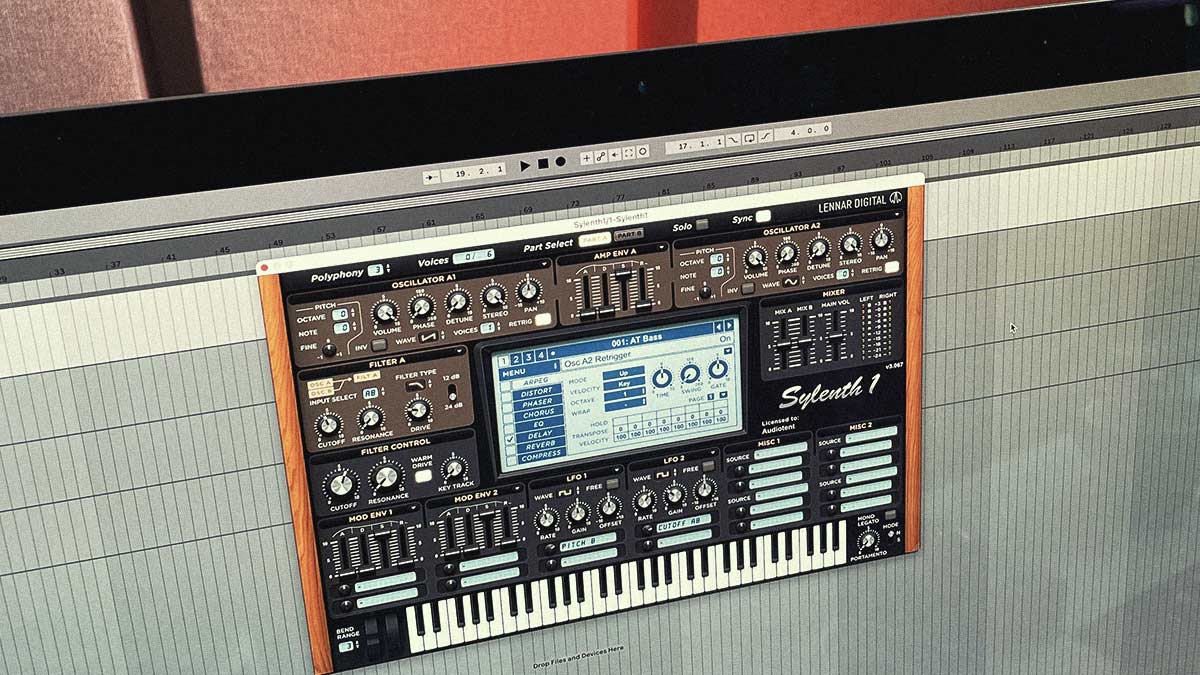What is a MIDI File?
MIDI file is a data file. It stores musical note information. Think of it as a set of instructions that tell your instrument (software or hardware) what notes to play and how to play it.
How do you recognise a MIDI file? A file that contains the .MID extension is a MIDI (Musical Instrument Digital Interface) file. Here is an example of MIDI files inside the file browser window:
It is important to note that MIDI files do not make any sound of their own. There is no actual audio data stored within a MIDI file. Therefore, you need an accompanied sound source (synthesizer, sampler, sound module etc...) to make a MIDI file audible.
Most DAWs will allow you to import MIDI files. This is how the imported MIDI file looks like inside Ableton Live and Logic Pro X.


Once opened, you will be able to see and edit individual notes, their pitch, velocity, length etc...
MIDI files are an incredible resource for inspiration and music theory knowledge. They can help you overcome your writer's block and give new ideas for harmony and melody creation. Once you import a MIDI file into your preferable choice of DAW (Logic Pro, Ableton, Cubase, FL Studio...) you can instantly start analyzing the chords, melodies, rhythm or spacing of notes.
Transpose
If you are importing a MIDI file into an existing project, make sure it fits the key of your composition. Use your DAW’s MIDI transpose function to shift the entire section of notes up or down until the required key signature is met.
Another important transposition trick is to alternate octaves. It’s a good idea to memorize a DAW shortcut command to quickly transpose notes 12 semitones (octave) up or down. This will enable you to quickly find the correct musical register tailored for your sound.
Alter pattern or melody
When using a MIDI file from a commercial MIDI library (such as our NOTE series MIDI libraries) you might want to personalise the individual file and add your own touch. Two of the most effective ways to transform the MIDI file and make it yours are as follows:
Melodic variation. Experiment with the individual notes within the musical theme, transpose them up and down whilst the sound is playing. Start with a couple of notes to begin with. Even a small change in notation can make a big difference on the overall feel of the composition. Feeling brave? You can continue altering the notes. If enough changes are made the result will be a completely new idea. You have now effectively borrowed a musical motif and transformed it into something that is truly yours.
MIDI File after the melodic variation was applied:
Pattern variation. Another way to personalise a MIDI file is to adjust the rhythm. If you already have a foundation of rhythmic elements recorded within your project, it’s a good idea to try adapting your newly imported MIDI to fit the rest of the groove. Otherwise, if you begin with the MIDI file to kickstart your project, set up a simple kick or hi-hat channel to give you a sense of timing and tempo. Next, start moving some of the individual notes to the left or right. Mute them, or add new additional notes to create a different rhythm.
MIDI File after the pattern variation was applied:
Using the chord structure
MIDI Files will often contain a melody, chords or both. Sometimes, all you need to ignite a creative spark is a set of chords that bring a certain mood to your music. Next time you pick up a new MIDI idea, try and dissect it to the very essential chord structure. This means removing the melody and focusing on finding the basic chord progression within the composition. Forcing the notes to legato will further help you to paint a clearer picture of the all-important building blocks underneath the MIDI file. Once you have a clean state of progression you can start constructing your own rhythms and melodies using it as a guideline.
The original MIDI File:
The essential chord structure of the MIDI File:
To summarise, MIDI files can be incredibly useful tools to help you write music. They can speed up your workflow and expand your theory knowledge, giving you more creative freedom when composing.
If you are searching for a new collection of MIDI files, we have something incredible for you. Over 1000 original, unique MIDIs that you can start using in your projects today. Click the following link to explore the Note Series, we promise you won’t be disappointed: https://www.audiotent.com/collections/midi-files












Leave a comment
This site is protected by reCAPTCHA and the Google Privacy Policy and Terms of Service apply.